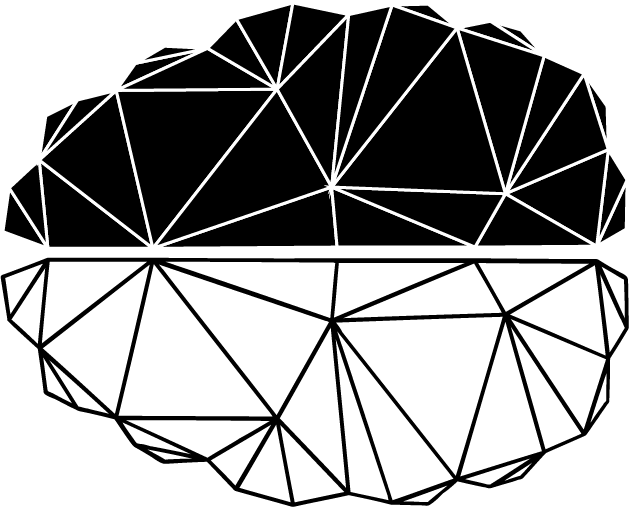Imaginary Rides
It’s often said that practice makes perfect, and that perfect practice makes perfect. These statements guide athletes to believe that the more frequently and intensely they practice, perfection in their sport of choice will be the desired end result. Although these are enticing sentiments, the reality in sport is that intentional practice, not just any kind of practice, is important for progress, and perfection simply doesn’t exist. Physical practice, such as lessons, is the time to build your skills, learn new strategies, and navigate mistakes. Instead of striving towards perfection in performance, something that doesn’t exist, varying forms of progress should be the goal. Practice time in the saddle is limited; only so much can be done and accomplished in a single ride, let alone a whole week of rides. Only so many jumps can be jumped or transitions can be made in a lesson until the daily workload is fully maxed out. Over-practicing can lead to overuse injuries and feelings of burnout for both the horse and rider. Luckily, there is another form of practice that doesn’t possess the limitations of physical practice and can be used frequently without any repercussions if done correctly. Perfect practice and performance can easily exist in our heads.
Do you ever dream when you’re sleeping or daydream about your rides? Maybe you are jumping a course at home, winning an international hunter derby, or riding on the beach. Although we may be aware that we’re just dreaming, those dreams and sensations can still feel so real. Intentional daydreams can be used as pertinent forms of practice, adding further value to the benefits of physical practice. Whether you need extra attention developing a new skill, fine tuning an old skill, familiarizing yourself with the warmup ring, getting the fastest jump-off time, winning a class, or jumping higher fences, you can imagine just about any type of ride with every outcome of those rides in your favor. What we experience in our heads can be processed in the same way as it would be experienced in real life. Even though something didn’t actually happen, our brain can believe that it did. The same feeling can be recreated through the use of imagery, or what we can call imaginary rides. Those lofty daydreams can easily transform into useful practice time with no limits attached and added benefits to physical practice.
Imaginary rides may sound invaluable, but they can be extremely powerful if they are used correctly. The human brain cannot differentiate between imagination and reality. The key is to make the scenarios in our heads as real as possible by involving all of our senses and emotions in the imaginary rides. The senses are visual, auditory, olfactory, gustatory, and kinesthetic. Many athletes limit their mental practice by only using visual cues, which becomes visualization rather than imagery. Your imagery should also match your point of view, as if you were physically in the saddle. From the first-person point of view, you’ll need to imagine the sights, sounds, tastes, smells, and feelings that come with riding in as much detail as possible. Some examples include the sound of hoofbeats, the layout of the arena, the smell of hay, the taste of water breaks, the rocking of the canter, and feeling calm. Without all of the senses involved, your imaginary rides won’t feel real to your brain or have much of an effect at all. Finally, you’ll need to make sure that your imaginary rides are controlled and manipulated by you rather than the automatic tendencies of the brain. If you unintentionally miss a distance during your imaginary ride, circle back to the jump and imagine the distance you originally intended. Imagine what you want to happen rather than what you don’t want to happen, allowing those advantageous scenarios to play out during your physical rides. The more you mentally practice, the more physical benefits will show up in your performance, and the more of a competitive edge will be gained.
Learn to use imaginary rides as a strategy to intentionally gain some extra time in the saddle. Instead of straining both your and your horses’ bodies and minds, physically practice what is necessary and leave the rest up to the mind. Make your brain believe that you’ve already mastered a difficult skill, jumped the scary jump, or won the class. If you are injured or the weather is preventing you to ride, practice your imaginary rides as if you were riding every day. Set time apart every day to mentally practice your skills. Imagine yourself performing successfully, recovering from mistakes, and making improvements. The possibilities are endless! You don’t always have to physically push yourself; know when it’s time to quit for the day and finish your practice session mentally. Not only will you save your body, but you will also gain performance benefits from mental practice. Take this with you as you prepare for competition and see how it can help your performance. If you are interested in further exploring imagery and having a script to follow, please reach out!

